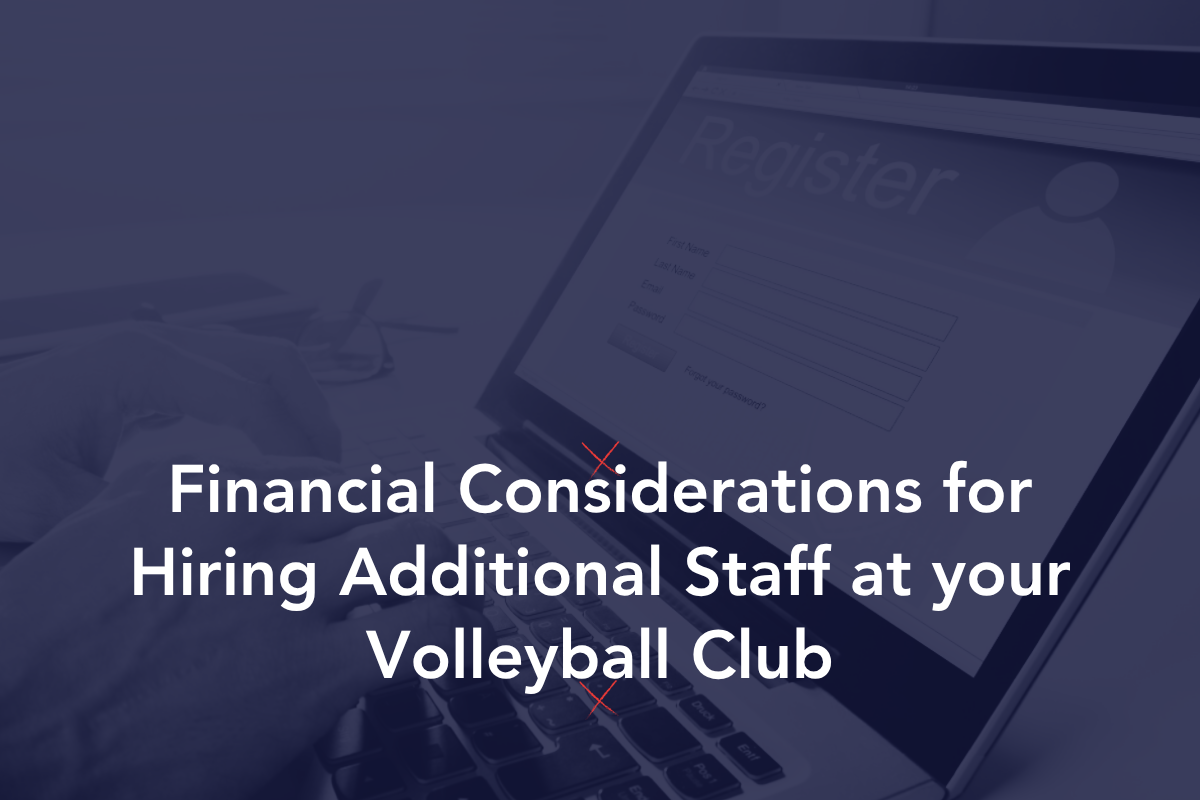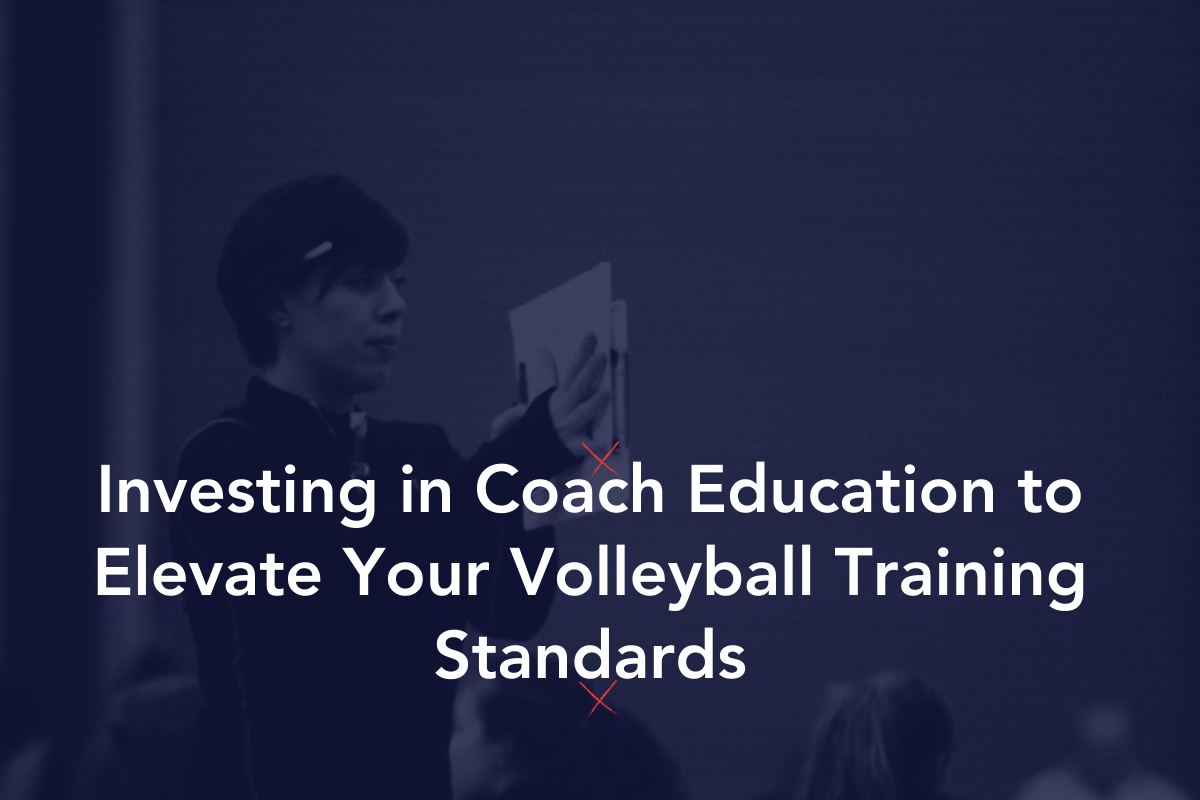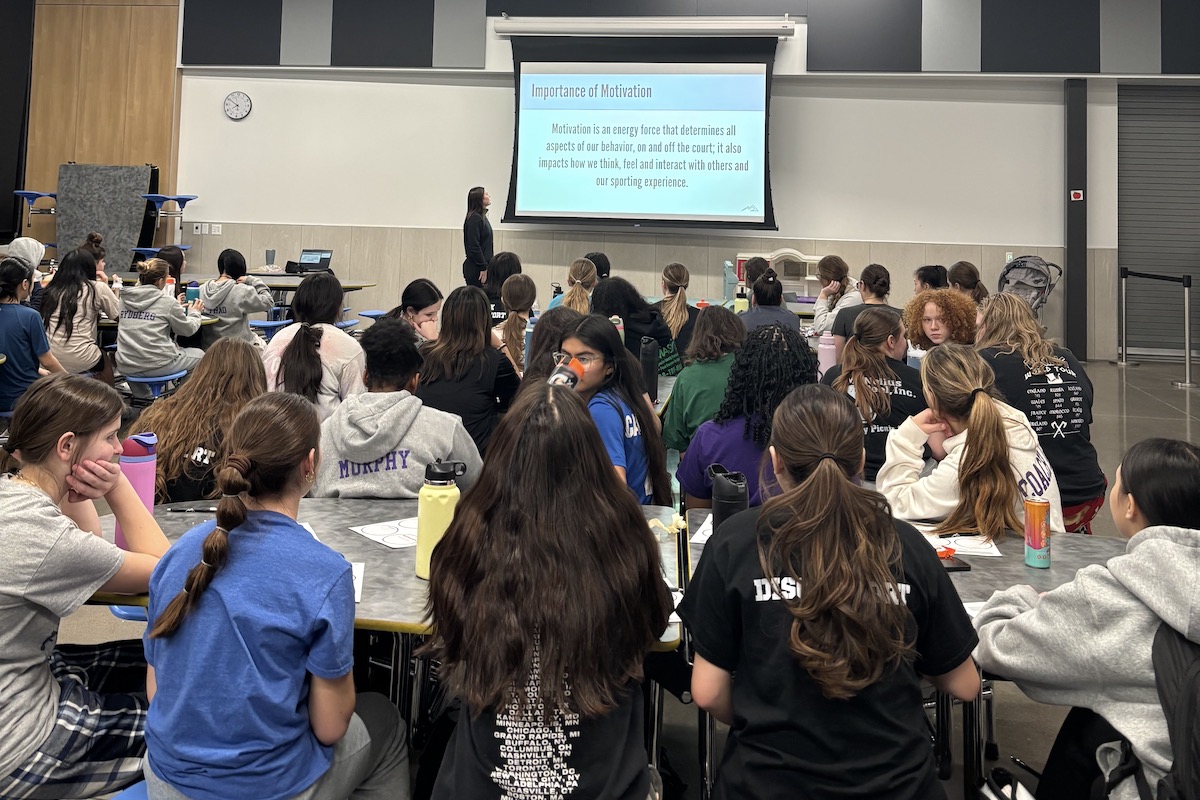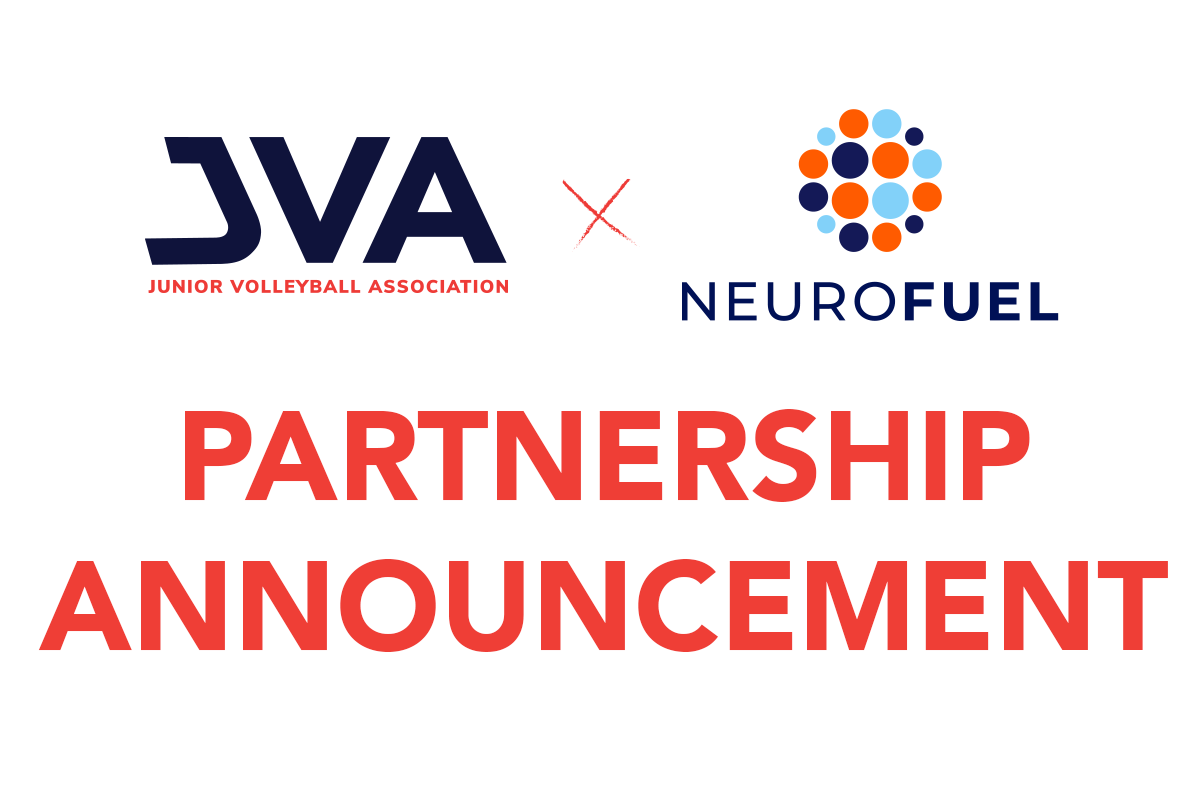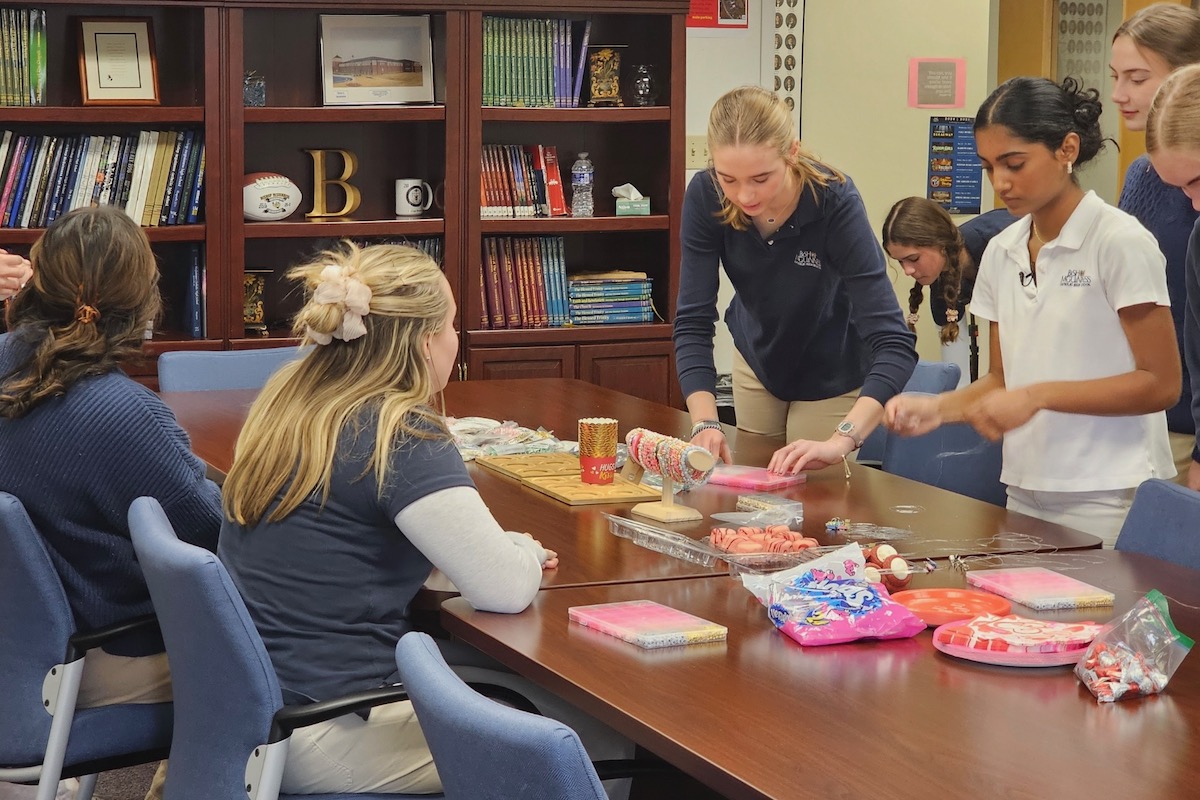Being a mobile athlete should be a goal for all individuals playing the sport of volleyball. Greater mobility and flexibility allows for volleyball athletes to perform the ranging movements needed to receive the ball, as well as with have fluid arm movement to set and attack. Stretching is the obvious way we look to improve this, but if an athlete can have a well planned, holistic training program, then mobility can be developed through multiple means and types of training.
Here are 3 tips to build a more mobile volleyball body:
Use full range of motion weight training
You probably thought these tips were going to only focus on stretching, but to the surprise of many, proper strength training is one of the best ways an athlete can become more mobile. Muscles grows according to how you train them, so if you’re only moving the bar 6 inches in your squat or not bringing the bar down to your chest for bench press, your body will only become competent in those ranges. As long as you properly control the weight and know the time and place to add more, strength training through full range will build the body to be both strong and mobile.
It’s all in the hips
Lower body injuries in volleyball can come from a lot of landings and twists beyond the control of the body, but if there is anything that can help lessen the chance of being hurt in the lower body it would be hip mobility. Your hips are where all of your leg movement starts, and lacking any range or ability to move your leg relative to your torso can put the lower back, knees and ankles in a lot of compromised positions. When looking to move better in the lower body, the hips are always the place to start.
You’re probably not stretching long enough
Everyone has seen the team stretch lines and circles where the leader counts out a stretch for 20 seconds and moves to the next one, with the athletes going through the motions and not truly doing the stretches regardless. Not only is this a waste of time, but not nearly long enough to make any of the flexibility changes we look for. Anywhere from 1-3 minutes is what athletes should look for per muscle in a stretching routine not only to try and become more flexible, but lengthen a muscle back out after performing the explosive movements a volleyball player does that shortens these muscles as a result.
In the game of volleyball, fast and explosive athletes are going to be center stage, but what you might not notice right away is the range they have to move their body exactly how they want. We all love high jumps and a fast pace, but if we can have athletes that move well to accompany this, we will be able to keep them on the court much healthier and for much longer.
View additional fitness education here.
About the Author
Pete Christofferson is the head of athletic performance for volleyball at T3 Performance in Northeast Ohio. He oversees the strength and conditioning for all volleyball athletes as well as training various athletes from other sports for various goals, including speed, jumping, strength, conditioning development, and return to play. Prior to this role, Pete worked as the director of training for multiple volleyball clubs and facilities and trained athletes within the collegiate and high school settings.



